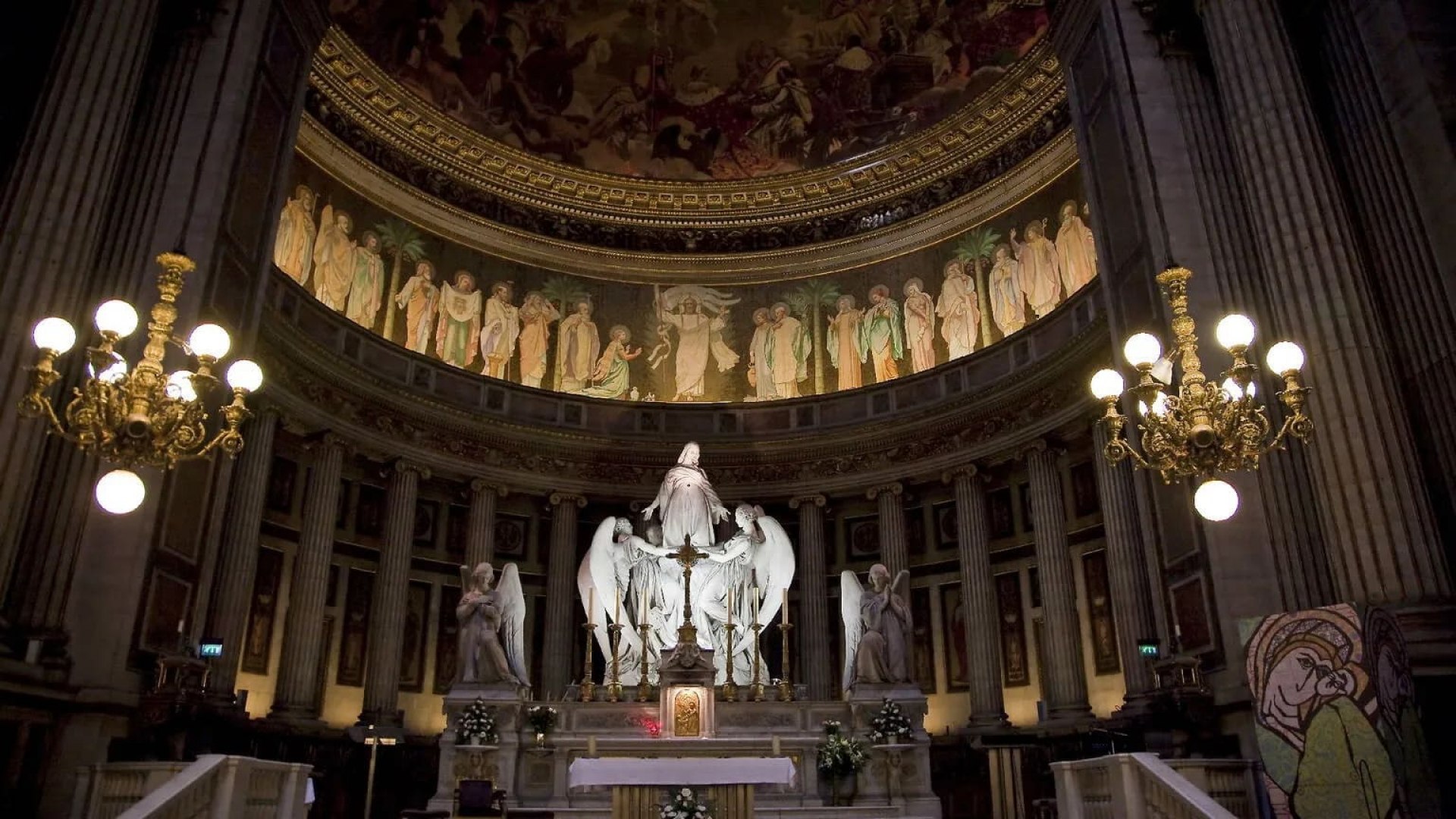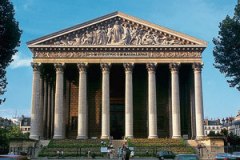Ravel's Bolero, 9th Beethoven
December 2025 | ||||||
|---|---|---|---|---|---|---|
Mo | Tu | We | Th | Fr | Sa | Su |
Boléro is the most performed classical music piece in the world, with a performance every 15 minutes. When it was created, the composer had given the copyright to his gardener, not anticipating its success with the general public. This work is the archetype of ostinato. The melody is passed around by different instruments of the orchestra over a rhythmic pattern played by the percussion.
Beethoven's 9th Symphony was written at the end of his life, when he was already deaf. The most famous passage is the "Ode to Joy," inspired by Schiller's poem that expresses the ideal of fraternity for the human race, a vision shared by the composer. This melody was adopted as the official Anthem of the European Union.
Hélios Orchestra
Dynamic and eclectic, the Hélios Orchestra has established itself since its creation in 2014.
Its artistic director, Paul Savalle, promotes the professional integration of young musicians through orchestral practice. Thus, young graduates mix with orchestra musicians, conductors, and experienced soloists in optimal working conditions.
From baroque to contemporary music, the programs are varied, the repertoire is both symphonic and choral, and the orchestra collaborates with departmental and regional choirs.
Thanks to collaboration with different conductors, musicians explore a very rich repertoire, expanding their interpretive range. They all come from major French conservatories, some belonging to a national orchestra.
From string quartets to symphonic orchestras, including brass ensembles, the orchestra continually broadens its audience by adjusting its composition. The "strings" formation performs in the most prestigious churches in Paris, allowing the public to discover a very rich architectural heritage.
Its variable geometry allows the Hélios Orchestra to approach a very broad repertoire with passionate curiosity.
Program and cast
Helios Orchestra & Helios Ephemeral
Direction: Yann Molénat
Church of the Madeleine
The parish of La Madeleine wishes to ensure a visible presence in the heart of Paris and to be attentive to our contemporaries. We speak of the base to describe the stone massifs that form the foundation of the church. But this base is also made of living stones made up of associations attentive to the wounded of life such as Ozanam Madeleine, the Espace Formation Informatique. The Foyer de la Madeleine serves more than three hundred meals every day at lunchtime with the aim of encouraging people to meet people who work or spend time in the neighbourhood.

 EN
EN DE
DE IT
IT FR
FR ES
ES RU
RU JP
JP RO
RO
 Seating plan
Seating plan 